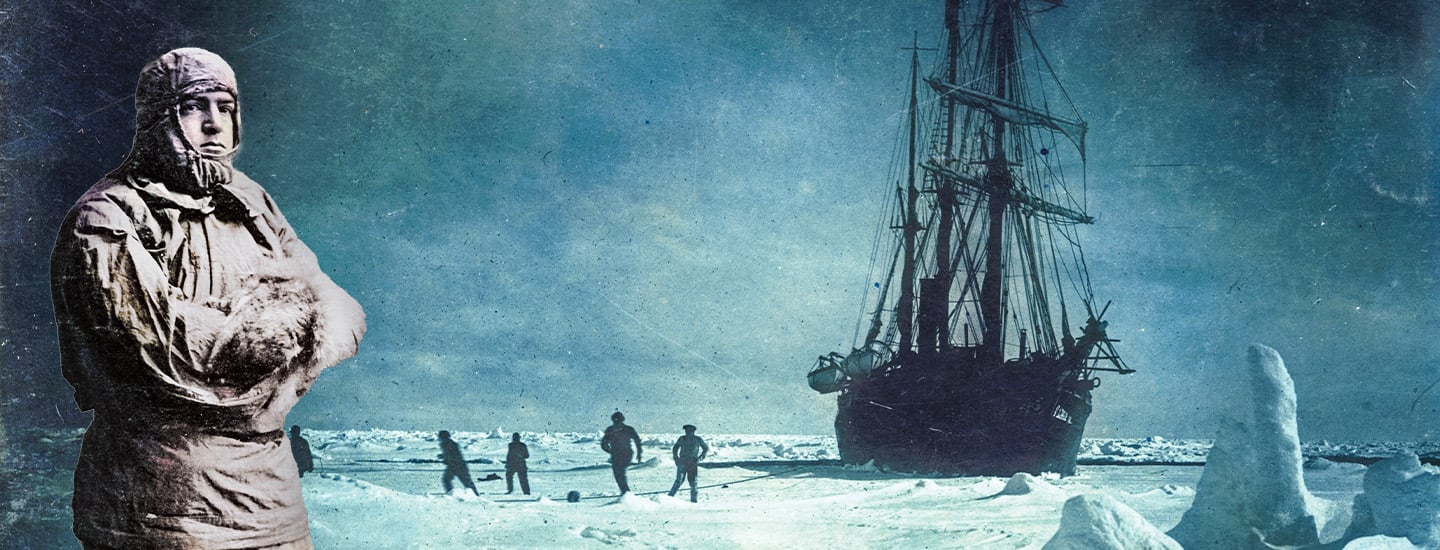Jim McMahon/Mapman®
For nine long months, Ernest Shackleton and his 28 crew members had faced disaster. Their ship, the Endurance, had been frozen in place in Antarctica’s Weddell Sea since January 1915. As the sea ice tightened its grip, the Endurance creaked and groaned under the pressure. On October 27, the force became too much. Boards snapped and water rushed in. The men had no choice but to abandon ship.
Camped on an ice floe nearby, they watched as the Endurance slipped under the surface a few weeks later. With it went Shackleton’s dream of leading the first expedition to cross Earth’s southernmost continent by foot.
Even so, the explorer miraculously led his stranded crew to safety. And recently, their saga received a remarkable update. This past March, researchers found the long-lost Endurance—nearly 2 miles under the ocean’s surface!
The discovery has added a new chapter to one of the most fascinating tales of survival in history.
For nine long months, Ernest Shackleton and his 28 crew members had faced disaster. Their ship, the Endurance, had been frozen in place in Antarctica’s Weddell Sea. It had been stuck since January 1915. As the sea ice tightened its grip, the Endurance creaked and groaned under the pressure. On October 27, the force became too much. Boards snapped. Water rushed in. The men had no choice but to abandon ship.
They camped on an ice floe nearby. A few weeks later, they watched as the Endurance slipped under the surface. With it went Shackleton’s dream of leading the first expedition to cross Earth’s southernmost continent by foot.
Even so, the explorer miraculously led his stranded crew to safety. And recently, their saga received a remarkable update. This past March, researchers found the long-lost Endurance. It was nearly 2 miles under the ocean’s surface!
The discovery has added a new chapter to one of the most fascinating tales of survival in history.

